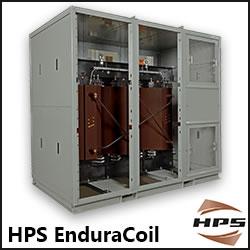Silfab Solar Increases Module Production to 300 MW
Pink film 'antenna' can double solar cell efficiency
JA Solar Released New Double-glass Modules
LG And Borrego Solar Collaboration Expands To Bring More High-Efficiency Modules To U.S. Commercial Customers
26,000 aleo solar modules for SUNfarming solar park in Mecklenburg
Solar PV Modules Market Trends, Industry Share 2014: Acute Market Reports
TÜV Rheinland Issues First Qualification Plus Certificate to Prism Solar Technologies
SunPower Corporation Launches X-Series Solar Panels for Japan's Rooftop Market
Solar Frontier Surpasses 3 GW of Global CIS Module Shipments
The US panel price rising improves average panel price in July.
Intersolar - WINAICO's 300 W monocrystalline PERC module passes IEC certification tests by TÜV Rheinland
Intersolar - Canadian Solar to Attend 2015 Intersolar North America Conference & Expo in San Francisco
JA Solar Achieves New Class A Fire Rating Test in Accordance With UL1703 for Type-1 Modules
New method can make cheaper solar energy storage
PVinsights : Poly-silicon price is improved in China in July, but still weak outside China.
Records 61 to 75 of 105
First | Previous | Next | Last
Featured Product

